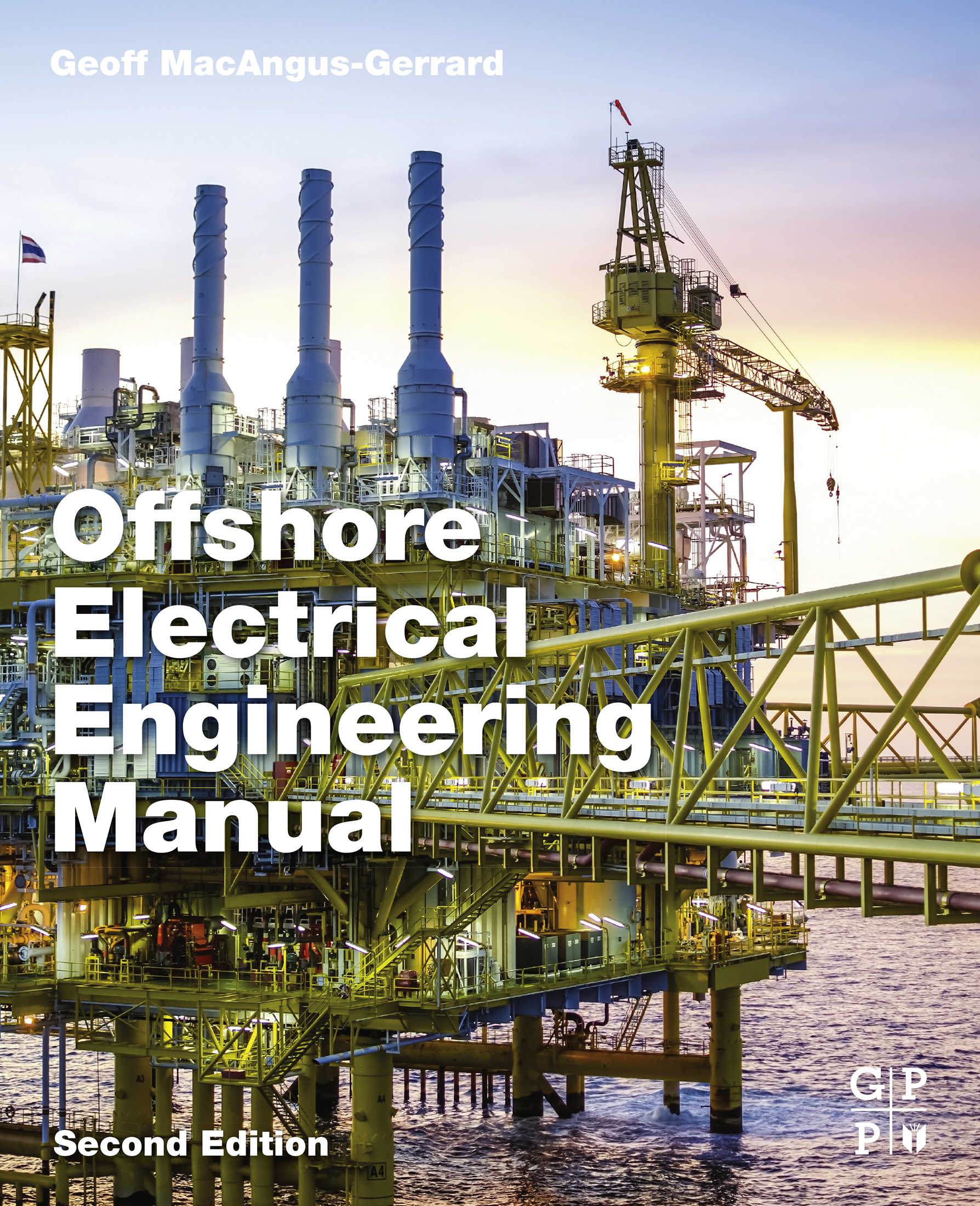- 中图分类号: TM
- 语种: ENG
- 出版信息: Gulf Professional Publishing_RM 2017 556页
- EISBN: 9780123854995
- PISBN-P: 9780123854988
- 原文访问地址:
KG评星
知识图谱评星,是一种基于用户使用的评价体系,综合图书的评论数量、引文数量、Amazon评分以及图谱网络中节点的PageRank值(即考虑相邻节点数量和重要性)等多种因素计算而得出的评价数值。星级越高,推荐值越高。CAT核心级
核心学术资源(CAR)项目作为教图公司推出的一项知识型服务,旨在打造一套科学、有效的图书评价体系,并协助用户制定相应的馆藏建设方案。CAR项目调查和分析12所世界一流大学的藏书数据,以收藏学校的数量确定书目的核心级,核心级越高,代表书目的馆藏价值越高。选取核心级在三级以上,即三校以上共藏的图书作为核心书目(CAT)。Offshore Electrical Engineering Manual, Second Edition, is for electrical engineers working on offshore projects who require detailed knowledge of an array of equipment and power distribution systems. The book begins with coverage of different types of insulation, hot-spot temperatures, temperature rise, ambient air temperatures, basis of machine ratings, method of measurement of temperature rise by resistance, measurement of ambient air temperature. This is followed by coverage of AC generators, automatic voltage regulators, AC switchgear transformers, and programmable electronic systems. The emphasis throughout is on practical, ready-to-apply techniques that yield immediate and cost-effective benefits. The majority of the systems covered in the book operate at a nominal voltage of 24 y dc and, although it is not necessary for each of the systems to have separate battery and battery charger systems, the grouping criteria require more detailed discussion. The book also provides information on equipment such as dual chargers and batteries for certain vital systems, switchgear tripping/closing, and engine start batteries which are dedicated to the equipment they supply. In the case of engines which drive fire pumps, duplicate charges and batteries are also required. Packed with charts, tables, and diagrams, this work is intended to be of interest to both technical readers and to general readers. It covers electrical engineering in offshore situations, with much of the information gained in the North Sea. Some topics covered are offshore power requirements, generator selection, process drivers and starting requirements, control and monitoring systems, and cabling and equipment installationDiscusses how to perform inspections of electrical and instrument systems on equipment using appropriate regulations and specificationsExplains how to ensure electrical systems/components are maintained and production is uninterruptedDemonstrates how to repair, modify, and install electrical instruments ensuring compliance with current regulations and specificationsCovers specification, management, and technical evaluation of offshore electrical system designFeatures evaluation and optimization of electrical system options including DC/AC selection and offshore cabling designs







 京公网安备 11010602104826号
京公网安备 11010602104826号
